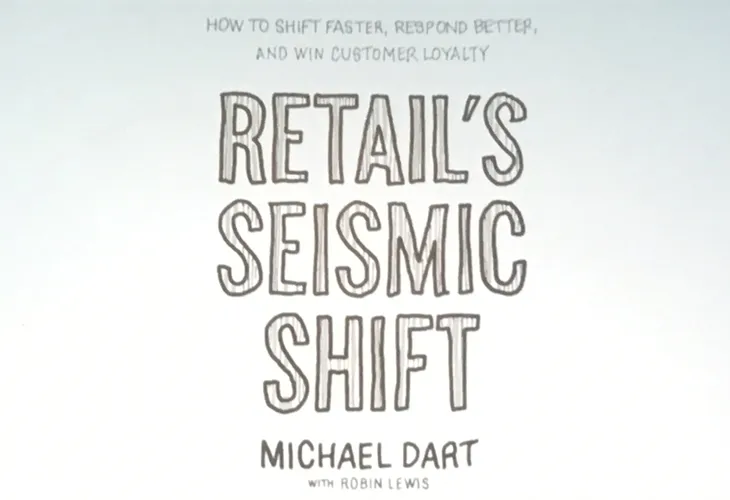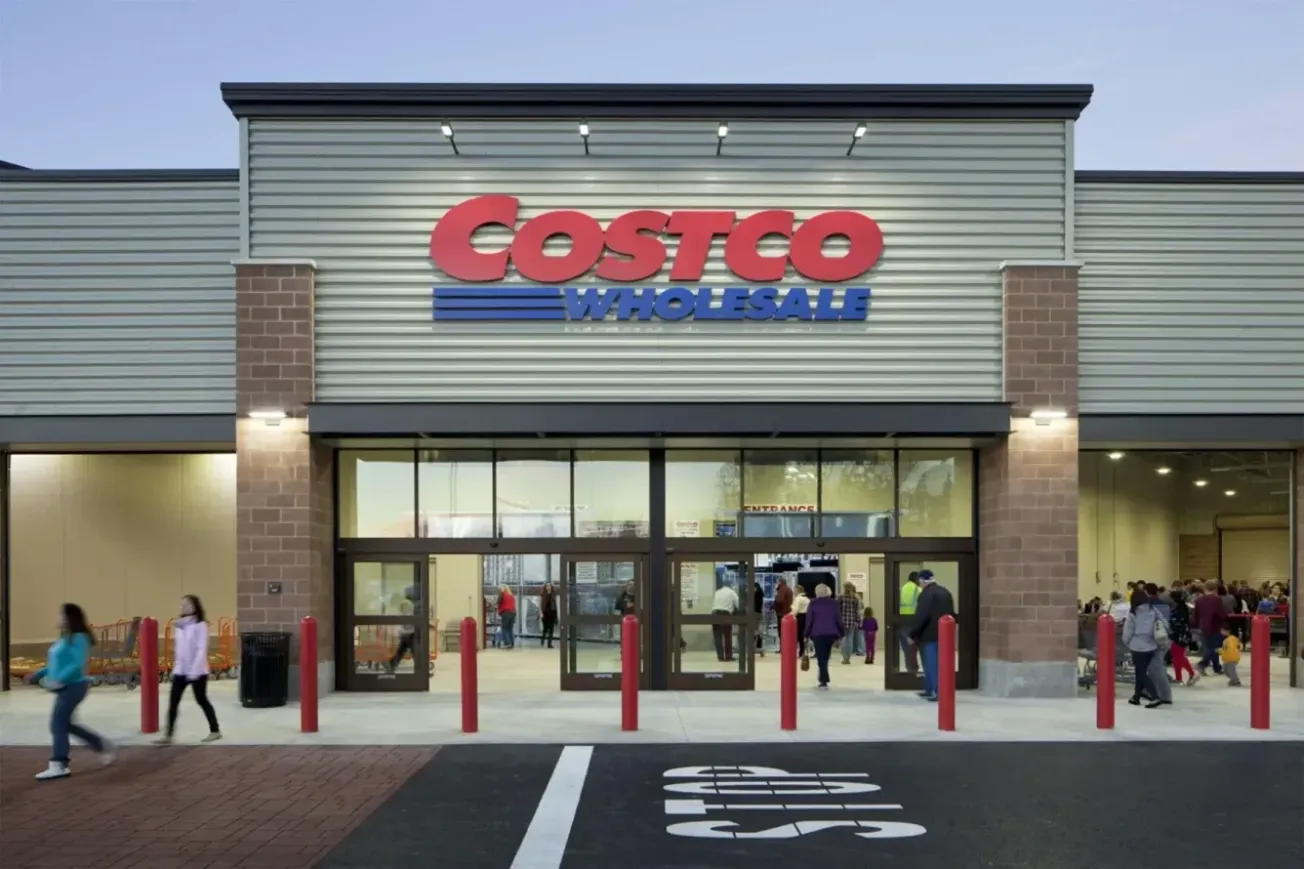Many observers of the changes affecting the business of selling consumer packaged goods out of brick-and-mortar stores have been arguing about whether the industry is facing a kind of “retail apocalypse.” The idea is that e-commerce represents an existential threat to the kind of shopping that takes place in physical spaces. Once the remaining wrinkles are ironed out of the digital experience, the theory goes, why would anyone bother to drive to and shop at an actual store?
 The new book “Retail’s Seismic Shift” argues that, in some ways, that view underestimates the magnitude of the revolution the industry is facing. E-commerce is only one of the threats to the retail status quo. The book, written by Michael Dart with Robin Lewis, argues that a number of different transformations are shaking up the retail landscape. Hence the earthquake metaphor in the book’s title.
The new book “Retail’s Seismic Shift” argues that, in some ways, that view underestimates the magnitude of the revolution the industry is facing. E-commerce is only one of the threats to the retail status quo. The book, written by Michael Dart with Robin Lewis, argues that a number of different transformations are shaking up the retail landscape. Hence the earthquake metaphor in the book’s title.
The first section of the book details some of those potentially seismic changes. One is the fact that globalization and the rise of new manufacturing capacity in China and other developing countries is boosting the supply of consumer goods faster than the demand in countries like the United States can keep up.
That translates into lower prices, which is good news for consumers but bad news for retailers and manufacturers struggling to retain their profit margins.
A second threat is the reduced allure for many consumers of the kinds of physical goods that can be bought and sold in a store. People are streaming music and movies instead of buying them, books and magazines are available in digital form, and in many cases people would rather buy experiences — whether cooking classes or vacations in the Caribbean — than acquire more stuff they have to find places for in their homes. Demographic trends also matter. The graying of the U.S. population, for example, means many Baby Boomers are aging out of their prime earning years, leaving them with less money to spend on consumer goods.
Another potential problem for mass market retailers is the fact that the mass market itself is splintering into hundreds (or thousands) of different niches, whose consumers are just as likely to embrace the upstart manufacturers or retail outlets that recognize and serve their needs first, instead of remaining loyal to the more all-purpose companies they (or their parents) grew up with.
And finally, technology is acting as an accelerant for many of these changes.
“In a world of superabundance and price deflation, the ability to compete on distribution becomes increasingly critical,” the authors argue. “Convenience is at the forefront of the consumers’s mind. The new ability to buy product online or by using mobile devices and quickly receive it at home offers all sorts of other benefits to the customer that stores struggle to match.”
The argument the book makes is convincing. And those readers who are retail industry executives will be happy to note that the authors are forecasting an earthquake and not an apocalypse. The book’s subtitle is “How to Shift Faster, Respond Better and Win Customer Loyalty,” which indicates that the authors see a way forward for retailers.
In fact there are a number of ways forward, including forging closer ties with the communities they serve, so that they address more than peoples’ product acquisition needs, or becoming venues for entertainment and education as well as merchandise. The only thing that’s certain is that the pace of change is not going to slow down anytime soon.






